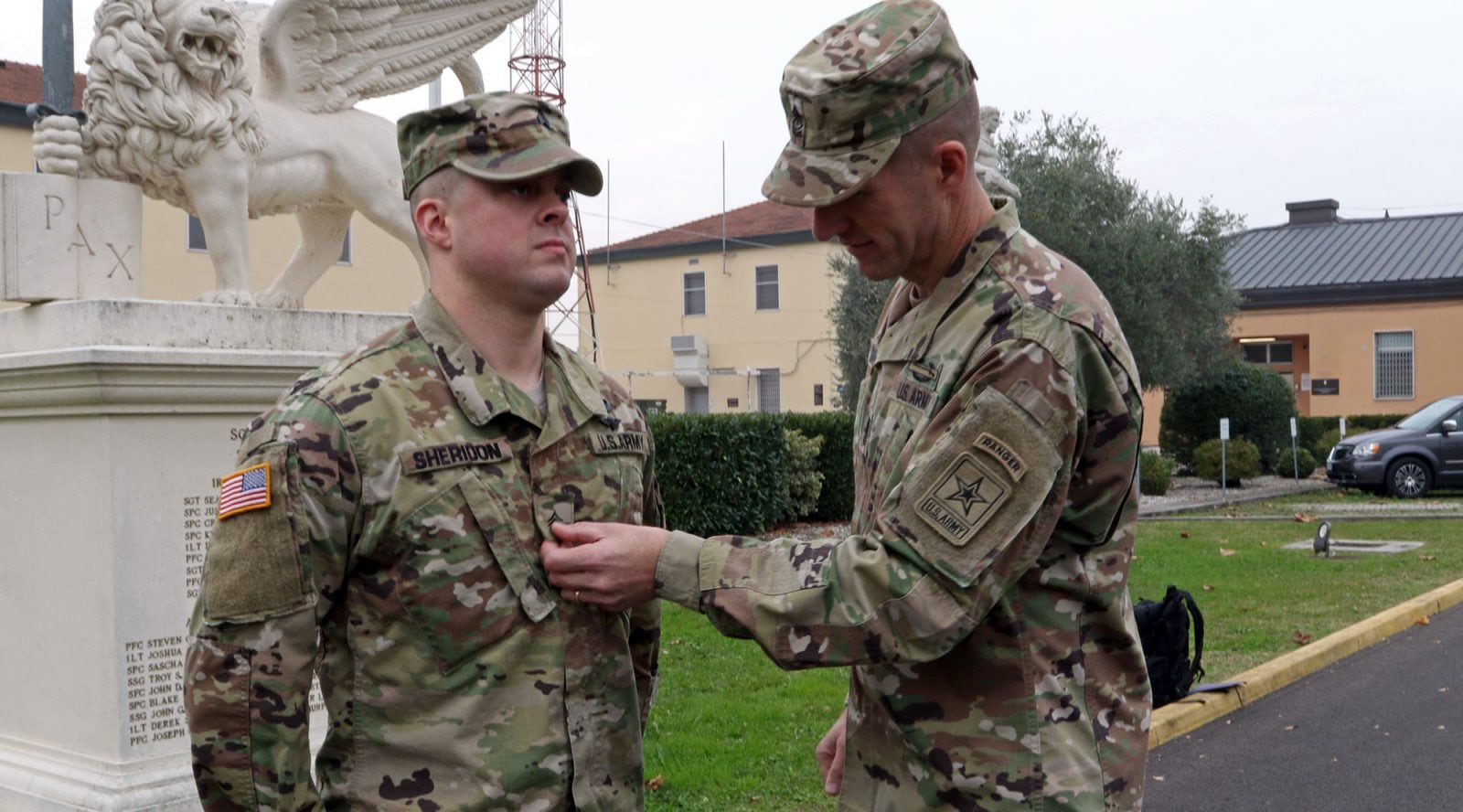The Army will spend the next three or so years implementing a new noncommissioned officer evaluation system that is designed to set aside experience based on time and reward performance instead.
The new centralized promotion system, unveiled on April 15, won’t speed up promotions necessarily, Sergeant Major of the Army Dan Dailey said in an AUSA Army Matters podcast aired Monday, but it will allow some accomplished NCOs to stick around longer.
“If you’re at a horse race and the gates open, the no. 1 horse wins. They don’t go back and say, ‘When did you start racing and how old is the horse?’” he said, using a favored analogy. “So if you can make it to the gate, you win.”
The new board system will review every soldier ranked E-6 through E-9 once a year and create an Order of Merit list based on their qualifications and their evaluation reports, then use that ranking to select for promotions, schools, training and other assignments.
In the past, when a promotion board created such a list, they would then reorder it based on time in service, to put those with the most years in up top. Then Human Resources Command would make an educated guess about how many NCOs it would need to promote a year or more from now, then select those soldiers from the list, get them trained and then let them wait until a spot opened up.
Now, the Army will use the performance-based OML to select for school, then later select for promotion on a monthly basis, without having to make advance predictions.
“Now, we’re not going to promote sooner. That’s what everybody’s going to say – ‘Oh, you’re promoting too fast,' " Dailey said. “No. We’re going to select earlier, we’re going to evaluate earlier, to give us more time to train, because we want to train you.”
While the amount of time between a promotion selection and a promotion will be much less, the time between promotions will be largely the same.
And for some those periods could get even longer, as the new system focuses less on time in service.
“Our current system, which requires us to have retention control points, doesn’t allow them the opportunity to serve beyond a certain number of years,” Dailey said.
For instance, a 30-year sergeant major is forced to retire to allow someone else to move up, regardless of whether either of them is performing.
RELATED

“If you come out on that evaluation board, and your performance is above that of your peers, there’s no reason for you to go home,” he said.
And the goal is, as the new system comes online, to reevaluate retention control points.
“To be very honest, we’ve kept some people who probably didn’t need to say, and we’ve made some people leave that deserved to stay,” Dailey said.
Some of that could be due to board decisions, as they were the final say for someone bumping up against their control point. In other cases, a surge in end strength required more and more NCOs, looking at quantity or quality.
“During the height of Iraq and Afghanistan, frankly — I personally think we made some mistakes,” he added. “It was done out of necessity at the time, but you could be sergeant first class having only been a graduate of [the Basic Leader Course].”
To give SMA your feedback on the new promotion system, tweet him @15thSMA or send an email to army.smaweb@mail.mil.
“Challenge me on this,” he said. “This is how we get better.”
Meghann Myers is the Pentagon bureau chief at Military Times. She covers operations, policy, personnel, leadership and other issues affecting service members.




